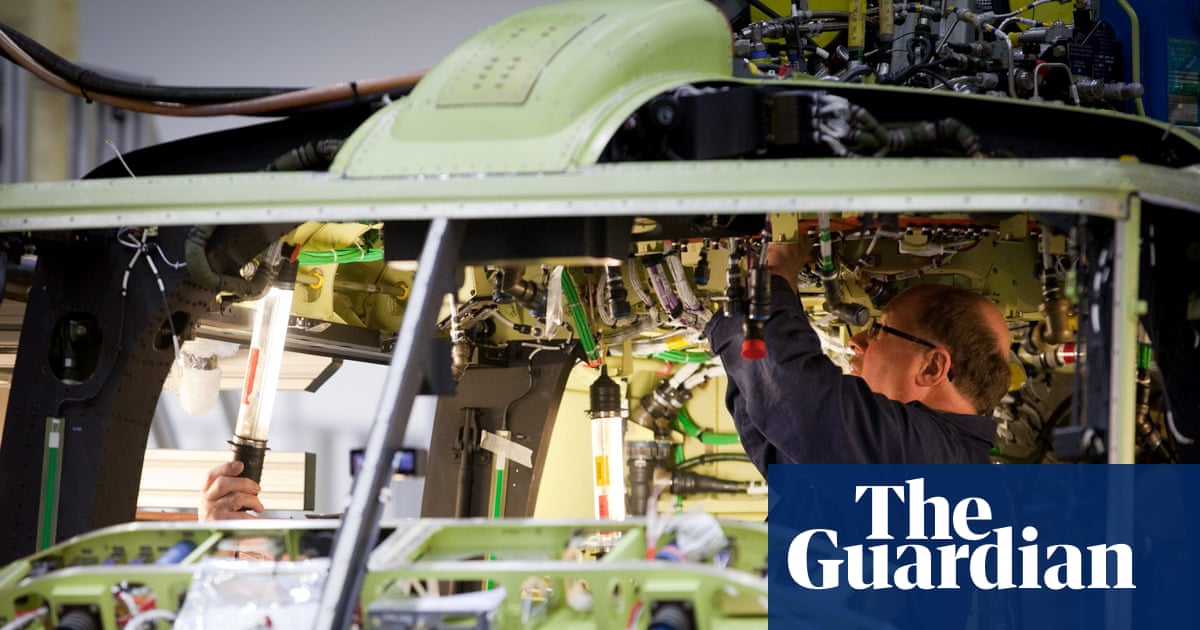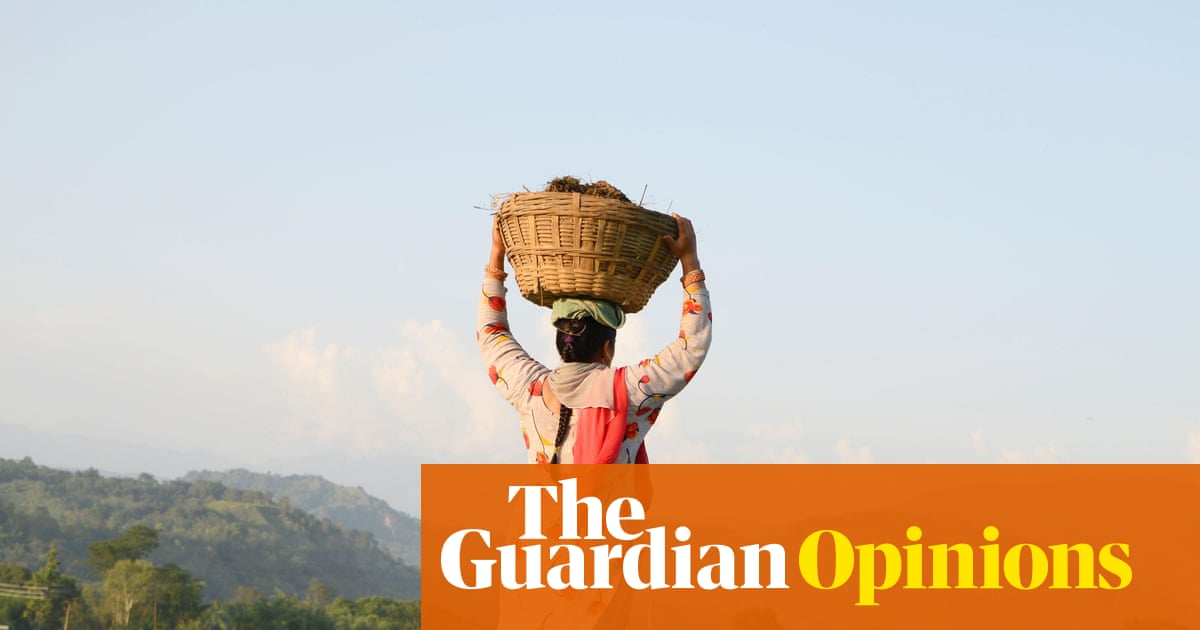“If you love cider, this is cider to the power of 10,” says Barny Butterfield, speaking about the flavours packed by some of this year’s “special” apples.
Indeed Butterfield, the owner of Sandford Orchards, near Exeter, is buying extra tanks to increase cider production after the UK’s hottest summer on record resulted in an abundance of fruit.
“I think God’s a cider maker,” he joked. To thrive, fruit trees need heat and light and this year “we had lots of both”.
“I’ve had boughs breaking on trees under the weight of fruit,” Butterfield continued. “It’s probably going to be the best vintage since 2018.”
With more than 20 years in the business, he declared: “It might even be the best in my cider-making lifetime. We’re looking at an incredibly special year.”
The National Association of Cider Makers (NACM) says the warm spring and summer have produced apples “full of rich flavours and natural sweetness”, despite the fact that the reduced rainfall means the fruit is slightly smaller than average.
“I’ve heard from cider makers and growers that the sugar and tannin levels are very high, which means the quality of the fruit will be outstanding,” said the NACM chair, David Sheppy, who is also the managing director of Sheppy’s Cider. “It is going to be a good year for quality.”
The record-breaking summer temperatures this year that contributed to the abundance of apples was made about 70 times more likely because of human-induced climate change, the Met Office concluded in an analysis published earlier this month. The mean temperature across June, July and August was 16.1C (70F), significantly above the current record of 15.8C set in 2018, with the country also seeing four heatwaves across a single season.

Sheppy, whose family has 36 hectares (90 acres) of orchards in Somerset, said the trees had “suffered a little bit”. Mature trees “don’t mind a dry spell”, he said, but the stress of the dry weather meant he had observed a small number that had split and lost their branches.
Cider-producers have moved to make the most of this year’s bumper crop. Sandford Orchards, which makes Devon Red cider, has installed eight new 50,000-litre (11,000-gallon) tanks and Butterfield is particularly excited to have lots of Tremlett’s Bitter apples, meaning Sandford Orchards can bottle a single variety for the first time in seven years.
He describes their “leathery and marmaladey” notes and “rich natural sweetness”.
There is also good news for perry drinkers after last year’s disaster. Albert Johnson, director of Ross-on-Wye Cider & Perry Company bills it as a “bounceback year”.
“Last year was so bad for perry pears, probably over half the crop was wiped out by the bad conditions in the growing season,” he said.
after newsletter promotion

It is a different story this year. “If anything, the pear sugars are up even more than the apples, and there’s plenty of them. So it’s a really exciting year for perry.”
Industry figures show that while UK cider sales edged up slightly to £3.1bn in 2024, the overall amount drunk declined by about 3% to 676m litres. Sheppy, the sixth generation of his family to work in cider-making, said the industry “had been in decline, but it’s picking up again”.
“It’s coming back,” he said of the sector, which supports about 65,000 jobs. “There’s a lot of innovation and new ideas, both around reducing alcohol content but also at the higher end … to appeal to the modern drinker.
“Like a lot of industries, cider goes through phases. But there’s a strong passion for the industry in this country. It’s a close connection with the land and farmers.”
Sheppy’s harvest started at the end of last week. “We grow 40 different varieties of apples,” he said. “The earliest ones are ripening now but the main cider apple varieties, like Dabinett, Harry Masters and Yarlington Mill, are ready mid- to late October, early November. That’s the key time.”
But even if this year is one to remember, Sheppy is keen to point out that the industry doesn’t have “bad years”, only “bad harvests”.
“It’s not like when you get a wetter harvest, the quality is not as good, because that’s all in the blending process. We can blend a good year with a bad year and maintain the quality, that is part of the art of being a cider maker.”

 3 months ago
127
3 months ago
127

















































